Pop! Bang! That's what happened - literally - when a group of New Zealand children's authors and illustrators presented inspiring talks to hundreds of Canterbury school children, just ahead of the announcement of the 2017 winners of the New Zealand Book Awards for Children and Young Adults.
Several of the nominated authors and illustrators toured the country speaking to school children about their work and craft. Hosted in conjunction with WORD Christchurch, they addressed primary and intermediate students who came from across Canterbury to hear them speak at St. Margaret's College. They talked about what it takes to be a writer and/or illustrator and what keeps them inspired and shared their working processes, all with the aim of sparking readers and the next generation of writers and illustrators. We share some of the highlights here.
Session One: Tania Roxborogh, Leonie Agnew and David Elliot
Tania Roxborogh
“Any change for good is powered by fury and passion to make the world a better place” says Tania Roxborogh, and this idea is a driving force behind the story in her book about the Bastion Point occupation for Scholastic's My New Zealand Story series, told from a child's point of view.
Through the process of researching and writing this book, Roxborogh was reminded that: “Retelling history is never straightforward” because “people lie, self-edit, and mis-remember” and that “people remember different things.” She added that there is also the problem of bias in New Zealand media – from the right wing as well as the left wing - which she had to take into consideration when researching for this book.
When Roxborogh visited Bastion Point to help her find her point of view for the story, she found herself humbled, prompting her to ask: “What right do I even have to tell this story?” She realised, however, that regardless of who she was, the story of the protesters was a story worth telling.
Roxborogh teaches English and Drama at a Canterbury high school and has written over 50 books.
- Find books by Tania Roxborogh in our collection
- Visit Tania's website.
David Elliot
Snark - Being a true history of the expedition that discovered the Snark and the Jabberwock … and its tragic aftermath.
Elliot's illustrated book was inspired by Lewis Carroll's The Hunting of the Snark, and the Jabberwock and his presentation of museum-like artefacts and the stories he told about them would have had some in the audience wondering if his tale of the mission to discover the snark was true or not.
Elliot says he spent time living in a cottage inside Edinburgh Zoo and you have to wonder if this influenced his work illustrating weird and wonderous creatures.
- Find books by David Elliot in our collection
- See Elliot's website with fantastic drawings from Snark.
Leonie Agnew
What if...
For The Impossible Boy, Agnew asked: "What if a kid believes in something so much that his faith in it makes it real?" like Peter Pan's belief in fairies, and on the flipside, "if you were an imaginary friend, what if you discovered you weren't real?"
Agnew recommended using a little bit of non-fiction to make your fiction more real. In this case, she used the war-torn streets of Beirut in Lebanon as the inspiration for her setting of the story.
Various authors at the event talked about the hard parts of writing, when you feel like quitting or at least taking a break. Writing can take time! Agnew wrote 100 drafts of her book over 6 to 8 years. She says if you're stuck, consider what Einstein said: You don't solve a problem by looking at it in the same way, try looking at things from a new angle.
Agnew fits writing into her job as a primary school teacher by getting up at 5:30am to write before the school day starts. What inspired her to become a writer? Agnew "grew up in a house full of books" and her dad was a journalist who writes non-fiction, but really, she says, she "just wanted to do it."
- Find books by Leonie Agnew in our collection
- Visit Leonie Agnew's website.
In the first session with Tania Roxborogh, Leonie Agnew and David Elliot I felt an overall theme of the elusive - of capturing the elusive writing spark, capturing the Snark, and elusive invisible friends. Another theme that came through for me was the theme of imagination: imagine if someone was trying to take your land, imagine wondrous creatures and lands, imagine how an imaginary friend would feel if they discovered they weren't real. Imagine.
Session Two: Des Hunt, Jenny Cooper and Simon Pollard
Des Hunt
Des Hunt has a love of adventure stories, science, New Zealand animals and he combines all of these into his stories. Sunken Forest was inspired by a real life summer camp he went on when he was 15 at Lake Waikaremoana, a trip that was memorable partly for sparking his interest in geology. The lake was formed during an earthquake landslide that drowned the forest. Standing tree trunks eerily remain there underwater today. Also trapped there are eels which can't make their way back to sea to migrate to the Pacific islands to lay eggs. Unable to leave, they grow exponentially large.
In Sunken Forest, one such eel befriends Matt, who is sent to boot camp after his father, a boy racer, is sentenced to prison. At camp, Matt has to deal with bullies and getting the blame for things he didn't do.
In his talk, Des Hunt totally engaged his audience from beginning to end, by which time he had them on the edge of their seats. He cleverly demonstrated the idea of building tension in a story by blowing up a balloon... about to burst at any moment. How do you really build tension in a story? He says: Add conflict and injustice, a disaster and... Pop!... an explosive climax.
While many of those who spoke at the event started writing or drawing as early as their primary school years, surprisingly Des only published his first fiction book when he was about 50 years old but has since written heaps of books. His passion for writing is now so strong that he can't imagine doing anything else and he hopes to be an author until he dies. This is good news for my young son who was so inspired by Des Hunt's presentation he immediately went and read Sunken Forest, despite never having independently read a chapter book without pictures in it before. Des certainly inspired him reader to take his reading engagement to a higher level.
It was fantastic to see instant booktalking success in action! Des tours schools doing writing workshops so see if your school can be added to his schedule.
- Find books by Des Hunt in our collection
- Visit Des Hunt's website.
Jenny Cooper
Illustrating is compulsive for Cooper: "It's in my brain and I just can't stop."
Some of the many books Cooper has illustrated include ...
She especially does a lot of research for illustrating the war stories, hiring models and WWI artefacts and taking hundreds of photos to draw from so she could get the details correct. The war stories she works on are "hard to illustrate because they are so sad" but equally she says, they are "really satisfying." She added: "Sometimes the hardest and most challenging things you work on were the most rewarding."
This was a sentiment shared by several of the speakers. Getting to a finished product takes times and many drafts! She tries 6 - 10 layouts before she has a rough drawing and after that, a finished painting may take up to 6 hours.
Simon Pollard
Pollard is a spider expert, lecturing as an adjunct professor at the University of Canterbury and he has been working with spiders for 30 to 40 years. He is interested in telling stories about what spiders get up to and recently worked with WETA Workshop on the impressive display of oversized bugs for the Bug Lab show at Te Papa Museum.
Pollard is an engaging speaker and really brings bugs to life. He told stories (complete with eek-inducing pictures) about the jewel wasp that immobilises and enslaves a cockroach so it can use it as a living nursery, laying its eggs in it to hatch. Ingenious, but gross. We also heard about the clever Japanese honey bees that kill their enemy, the Japanese hornet, by gathering together in a ball around one and quivering - the heat of their buzzing wings stops the wasp from secreting their signal for more wasps to attack them.
Then there's the insect that looks like a spider, but isn't, just to scare off predators. After learning all these fun facts, we were left marvelling at the magic of the natural world.
Find books by Simon Pollard in our collection.
Questions from the kids
Primary and intermediate students from all over Christchurch lined up to ask lots of questions of the authors and illustrators after they spoke. Here are their inquisitive questions, and answers aimed at inspiring young readers, writers and artists.
What were some of your favourite books (growing up and now) and what writers would you recommend?
- Simon: The Wind in the Willows
- Leonie: Millions by Frank Cottrell Boyce
- Jenny: The Secret Garden by Frances Hodgson Burnett and The Phantom Tollbooth by Norton Juster. Illustrator Quentin Blake is also a favourite.
- Des: The Lost World by Arthur Conan Doyle and Tomorrow, When the War Began by John Marsden
- Tania: New Zealand writers David Hill, Brian Falkner, James Norcliffe, Fleur Beale
- David: Mervyn Peake - David likes him for his words and pictures (illustrator of Alice and Wonderland and Treasure Island)
Which of the books that you've written are your favourites?
- Leonie: Super Finn - She says: "It's about a boy who wants to be a superhero and does crazy things. It's great for years 3-6."
- Des: Frog Whistle Mine because he has spent time studying uranium, which the book is about.
What advice would you give for budding writers and illustrators?
- David: "Keep a visual diary, write things down, capture and value your imagination."
- Tania: "Read heaps... join groups and classes like the School for Young Writers, try different styles of writing."
- Simon: "Just write!" and "Write about what you know."
- Des: "If there is a book you really enjoyed, go back and read it again to try and find out why you like it."
The winners of the 2017 New Zealand Book Awards for Children & Young Adults will be announced at the awards ceremony held in Wellington Monday 14th August.
READ MORE
You can read more excellent in-depth interviews with some of the finalist authors and illustrators here at The Sapling.
More awards information:
An integral part of the New Zealand Book Awards for Children and Young Adults is the HELL Reading Challenge, now in its fourth year. It has been hugely successful in getting kids reading and enjoying the pleasure of stories (and pizza). Kids can pick up their reading challenge cards at Christchurch City Libraries (until December 2017).
 Kōrerorero mai - Join the conversation.
Kōrerorero mai - Join the conversation.


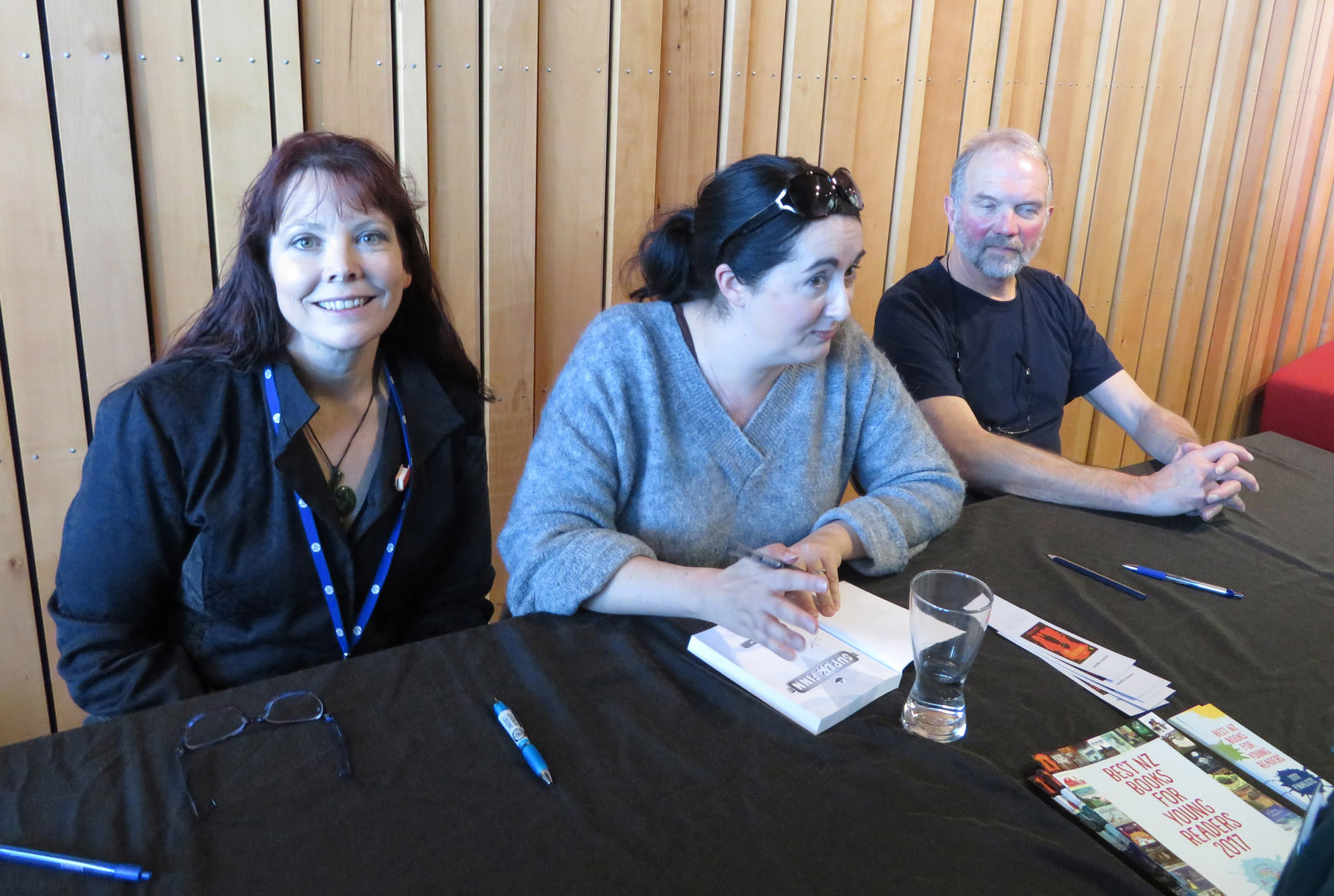
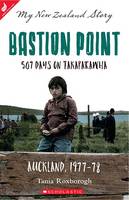
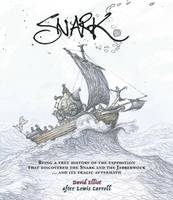



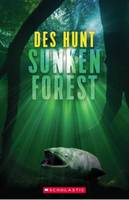

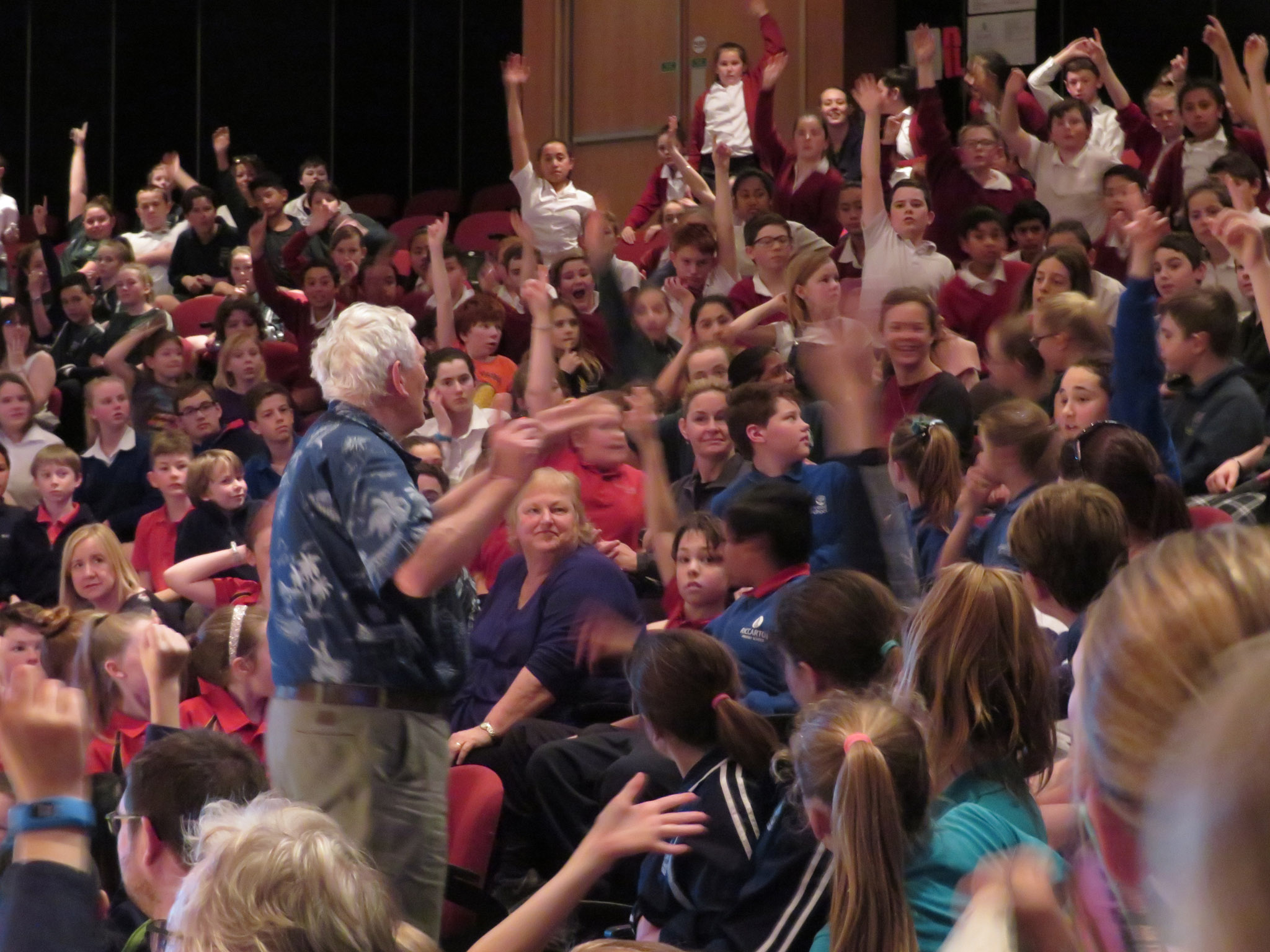
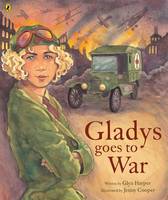
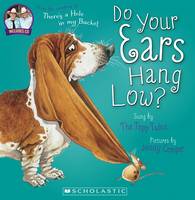

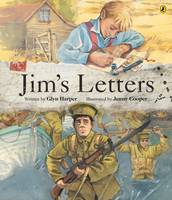

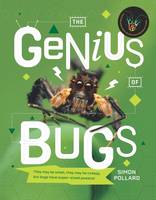
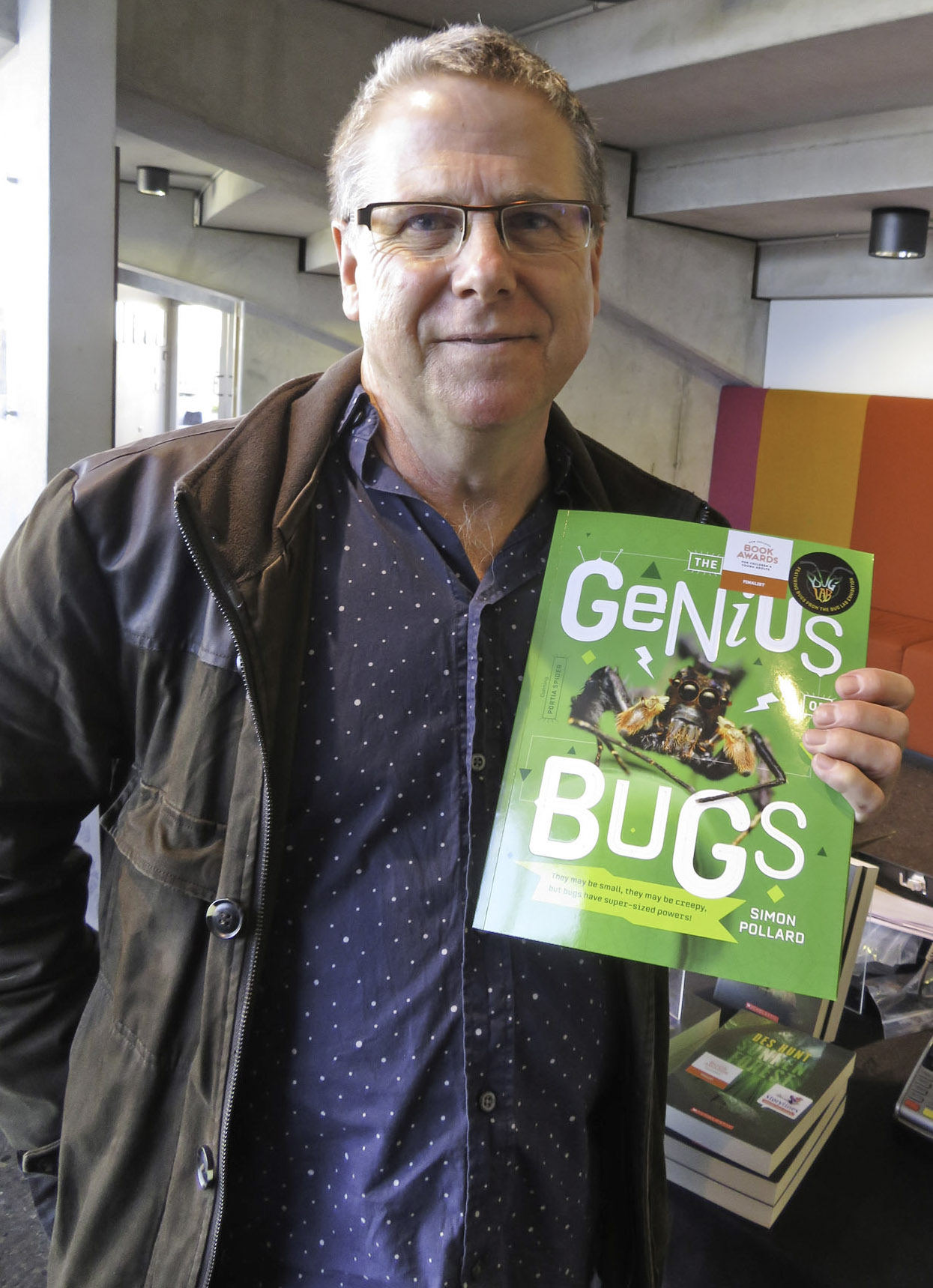

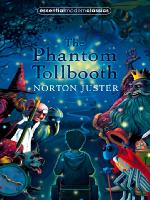
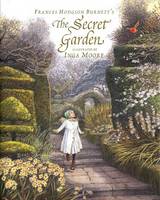
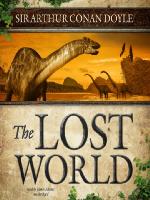
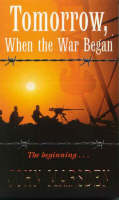

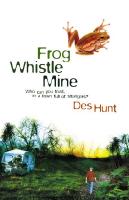


Add a comment to: Finalists in the New Zealand Book Awards for Children and Young Adults inspire Christchurch children